
This is How First Automobiles Appeared in Armenia
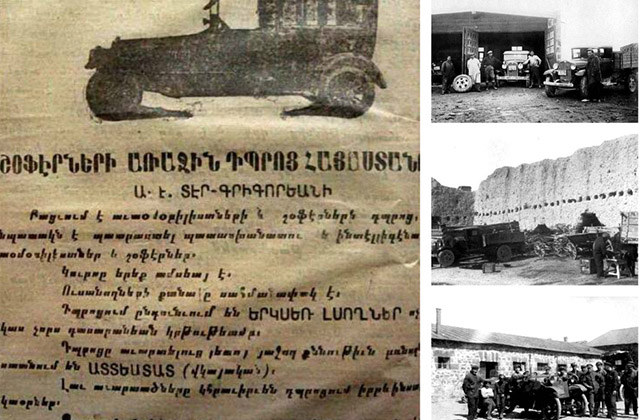
Hovhannes Tumanyan’s talented pen immortalized the historical moment, when the railway has entered Armenia. Unfortunately, artistic descriptions proving appearance of first automobiles almost lack, although if we work our imagination, it won’t be difficult to imagine how for the first time the whistle of the iron horse violated patriarchal serenity of provincial towns and the dust of the wheels heralded entrance of civilization. And if, however, we put aside the attempts of making guesses, then ratifications and edifice allow having certain imagination of that turning point at least through general lines.
Thus, pursuant those sources, the first four-wheeled vehicle appeared in our country in the 10s of the last century, moreover, it happened so immediately and boldly, that Armenians even hadn’t the time to be surprised, admired and alarmed. And when in 1914 WWI outbroke, the vehicle started moving day and night through Kars-Sarikamish to Erzurum, Yerznka and other venues uninterrupted. The vehicles were mainly from Russia, and drivers were strangers, however, roads and some part of passengers were ours, so the population accepted it not as something transitory, but as an approved and a steady phenomenon. According to some sources until 1918 there were already about 100 miscellaneous vehicles in Armenia.
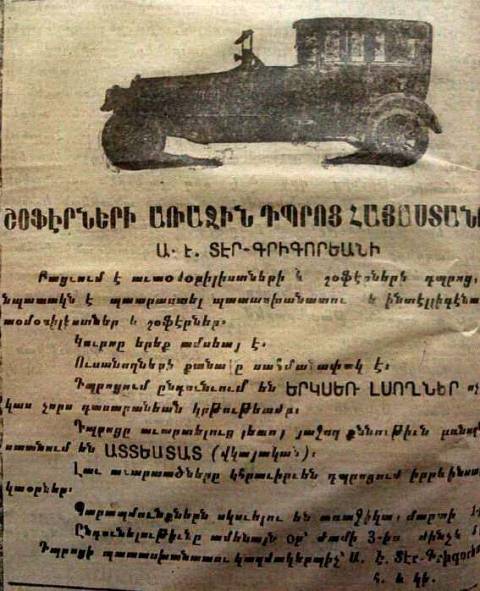
However, if we touch upon the vehicle, which may conditionally be named “Armenian,” then opinions around this are dividing and until now the debate continues, which was it, when it was brought and by whom. It’s said that the first vehicle appeared in Yerevan in 1912. It was brought from Tbilisi. Name of the first driver was Vardan, although in the city he was known as Mashti. Make of the car was called “Paner-Salvarson” or “Ispano-Syuiza.”
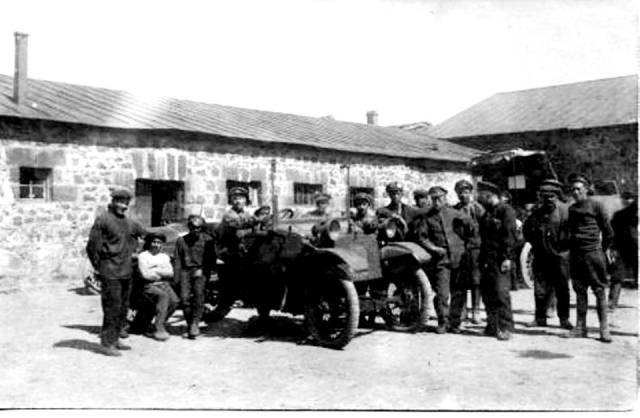
Among the variants the story, that the first automobile was brought from France by a few rich cotton planters from Etchmiadzin, is noteworthy enough. The purpose was to drive it on Yerevan-Etchmiadzin road. Only after they got there, it turned out that bridges are weak and don’t bear car weight. Change and fortifying of the bridges lasted for about a year. Only after it they started to drive the automobile. However, it didn’t last long. Cotton planters calculated that it would be more beneficial if they take out the motor of the car to use it for cotton filtering. And the freight could have been transported by the way they used to—through carriages…
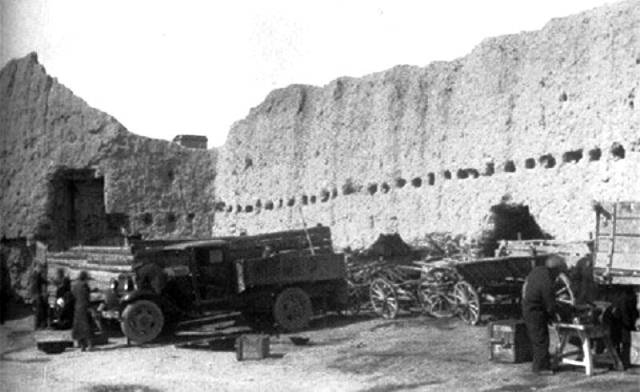
In any case, the year of foundation of the first automobile park of Yerevan, the city of carriages and carts, is considered 1917, December 28, when in the corner of Abovyan and Tarkhanyan streets, near the second rifle division headquarters, all the cars have been gathered, which yet could be called a vehicle. According to the edifiers, the first vehicle to appear there was “Benz” car belonging to “Rus-Baltic” bank. That’s why it’s accepted to say by that very car Armenia’s transportation was grounded.
Then the second car came, again a “Benz.” The following year 3 more vehicles were received from Tbilisi National Congress. However, in those years, military operations activated, vehicles were disseminated to different fronts and Yerevan’s automobile park stayed empty for about half a year. War continued decaying Russian army, later Turks invaded to Kars and other regions, and the equipment was possessed by them. Only the cars serving to the Government members were left in Yerevan. Fortunately, Armenia already had both vehicle specialists and people, who could teach driving. And they initiated the process of giving second life to few cars from saved fragments and maintained scraps. Now the modest staff found another location in Yerevan—intersection of Pochtovaya and Bazarnaya streets. During this period the first mechanical workshop was opened, in other words, a new place was established, where pioneers of automobile masters were working.
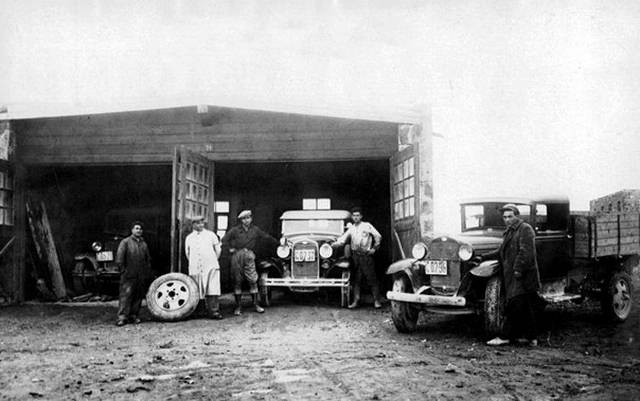
Those were really hard years. Under the newly independent Armenia with extreme lack of funds it would be merely not serious to think of renovating the automobile park. Spare parts almost lacked, and when roads were closed, petrol wasn’t considered at all. Once the workers decided to work the car with alcohol, however, that experiment failed. The situation became more complicated after the 1921 February rebellion. Eyewitnesses tell, when military operations finally ended, carcasses of looted, broken or burnt cars were found on the country’s roads. On the basis of that very inconsolable “heritage” the enthusiasts first returned the lost, then succeeded to complete the maintained with new ones. For them the automobile, as it’s said, wasn’t a luxury, but a means of transportation.
According to the preserved information in spring of 1921 there were 32 lorries and 16 cars in Yerevan, as well as about 300 vehicle specialists.
The history of Armenian transport would then become a chronology of development and progress. However, it’s worth stating two curious episodes as well. First, 3 lorries started to passage by Yerevan-Yelenovka-Dilijan-Nor Bayazet route in 1923. They, perhaps may be considered Armenian truckers. In the end of the same year 8-seater minivan started to passage from Yerevan to Dilijan. At that time people weren’t using the word ‘bus.’ However, those days were not so far.
By Hovik Charkhchyan























